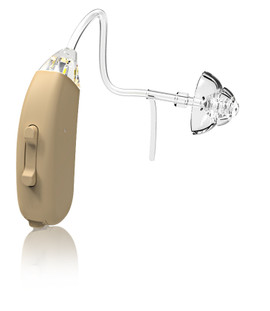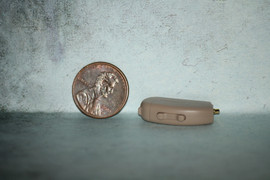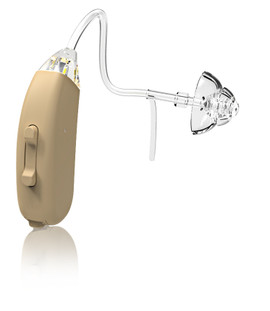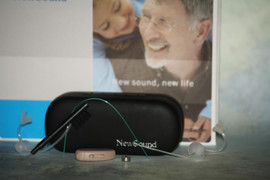Programming Hearing Aids for Children: Tips and Best Practices
Posted by DR Paul on Jun 09, 2023
According to the World Health Organization (WHO), around 466 million people globally have disabling hearing loss, and 34 million of these are children. Hearing aids are one of the most common ways to treat hearing loss in children. However, getting the right hearing aid is just the first step. Programming the device is essential to ensure that children receive the right amplification, leading to improved communication, language development, and academic performance. Programming hearing aids for children requires expertise, patience, and experience. In this blog, we’ll discuss tips and best practices for programming hearing aids for children.
Choosing the Right Hearing Aid:
The right hearing aid can help your child's hearing loss and other related health issues. The first step is to consult with an audiologist, who will conduct a comprehensive hearing evaluation to determine your child's hearing and communication needs. Based on the audiologist's assessment, recommendations for the hearing aid type, style, and features that would best meet your child's hearing loss management needs can be provided.
Consider the Age and Needs of the Child:
Children's hearing aid programs require more attention than adults. Children's hearing aids should be programmed considering their age and specific communication needs. For example, if a child attends school, the hearing aid program should have separate settings for focusing on the teacher's voice in a noisy classroom. The child's age also affects the degree of hearing loss and the types of sounds your child will benefit from amplification.
Use of Real-life Situations:
Programming hearing aids in a sound booth or clinic is different from hearing in real-life situations. Use real-life situations and environments to customize the hearing aid for the child. The audiologist can optimize the hearing aid's settings to ensure that kids are comfortable and benefiting, but from a practical sense as well, by evaluating how they respond to hearing aids outside of controlled clinic settings.
Consistency is Key:
Children's auditory systems are very plastic, and introducing amplification can improve hearing loss. However, their systems require time to adapt to the new amplification levels of the hearing aid. Consistent hearing aid use will increase the likelihood of positive results. Ensure that children use their hearing aids regularly to help achieve clear and natural speech perception in all listening situations.
Choose Top-Quality Hearing Aids:
Hearing aids have varying levels of quality and features. Choose the best quality hearing aid that your budget allows for. Higher-end hearing aids have better features, including feedback management, directional microphones, and noise reduction technology. Such features offer higher quality amplification and improved listening experiences for children.
Conclusion:
Programming hearing aids for children is a crucial element of their hearing loss management plan. It's advisable to choose an audiologist experienced in programming hearing aids specifically for children. Proper programming of hearing aids helps children communicate better, aid in their development, and improve academic performance. We hope these tips and best practices for programming hearing aids for children have been beneficial in guiding you on ensuring you have the best hearing aid experience for your child, helping them reach their maximum potential!










